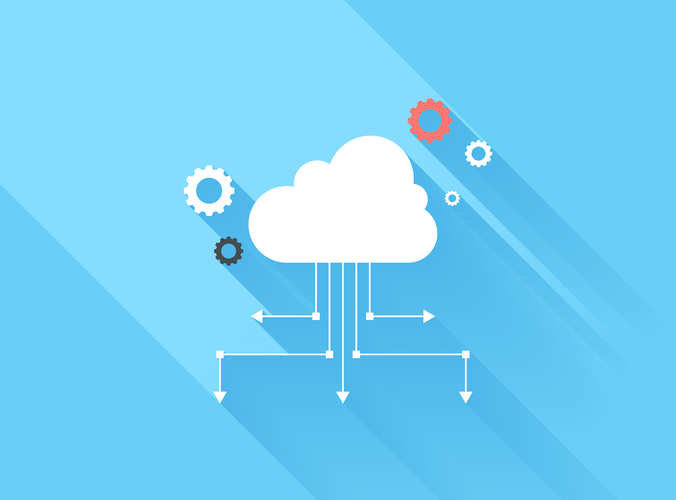To represent the direction of flow logic between states, specify conditions, condition actions, and destinations for the outgoing transitions from each state. Acceptance criteria were the resolution of all identified problems and completion of the NG IT system test for transformed C++ components. Acceptance criteria was completion of the Northrop Grumman review of as-is documentation within 10 business days from date of delivery. The revised state transition table is a truth table specifying the next state logic.
In the previous example, the state and output encodings were selected arbitrarily. A different choice would have resulted in a different circuit. A natural question is how to determine the encoding that produces the circuit with the fewest logic gates or the shortest propagation delay.
The Design of State Machines
When a network transits in next state, the remaining networks are synchronized. The inferred networks provide only a quantitative measure of gene regulatory relationships. ▪Sample data loads in a mutually agreed upon format prior to the commencement of the testing. ▪REMIS domain expertise at TSRI’s request provided functional testing and technical guidance to ensure that all task deliverables met task requirements.

For more information, see Simulate Parallel States with a State Transition Table. Insert Child State Row — Add a state as a child of the selected state. All networks share information about the states of whole system.
Introduction to Digital Logic Design
The State Table is a table, similar to aGlobal Table; it is a table that is accessible in the toolbox, and you can write custom values in that table. However, Global Tables are generally used to store input data, or data that the model uses to determine its behavior. State Tables, on the other hand, can only be manipulated through the property window and are read from to determine what should be shown on state chart templates. Figure 5 shows both unit-distant coding, and matching an output to state codes (i.e., the output is ‘1’ whenever flip-flip #2 is a ‘1’, meaning no output logic is required). And the labelled arrow is added for every transition, where the label is \(\left( \right)\) with x the input and y the output of the transition. The state diagram provides the same information as the state table.

The diagram shows CLK, Reset, the inputs TA and TB, next state S′, state S, and outputs LA and LB. Arrows indicate causality; for example, changing the state causes the outputs to change, and changing the inputs causes the next state to change. Dashed lines indicate the rising edges of CLK when the state changes. State-to-state transitions occur when the state register is loaded with new next-state values. Since the state register can only be written on a CLK edge, state-to-state transitions can only occur on the CLK edge.
Why use state diagrams and state tables?
And if the user enters a wrong password he is moved to next state. If he does the same 3rd time, he will reach the account blocked state. There are two main ways to represent or design state transition, State transition diagram, and state transition table.
- One rule of thumb is to minimize the number of flip-flops that change state during any state transition.
- From the state transition table given above, it is easy to see that if the machine is in S1 , and the next input is character 1, the machine will stay in S1.
- One of the dimensions indicates current states, while the other indicates next states.
- At each level of the hierarchy, mark the first state to become active when the parent becomes active.
- A state diagram represents states with circles, and transitions between states by arrows exiting one circle and arriving at another.
Instead, we use resettable flip-flops that always go to state S0 on reset, independent of the inputs. When expanded it provides a list of search options that will switch the search inputs to match the current selection. If some input combinations are not accounted for, or if branching conditions indicate more than one next state, unpredictable operations can occur. Any state code can be assigned to any state, but in practice certain rules can be used to guide the assignment of state codes. The table shown below is the state table for Moore state machine model.
State Diagram and state table with solved problem on state reduction
This is a useful mechanism, particularly when the StateMachine is complex and there are large numbers of transitions. If a transport user issues a function out of sequence, the function fails and t_errno is set to TOUTSTATE. Regardless of backend choice, the state table should be fault-tolerant to ensure strong processing guarantees, https://globalcloudteam.com/ such as exactly-once semantics. Fault tolerance can be achieved, for example, by attaching an Event Source Connector to the state table to perform change data capture . This allows the Event Processor to continuously back up state changes into an Event Stream and to restore the state table in the case of failure or similar scenarios.

Geef een reactie